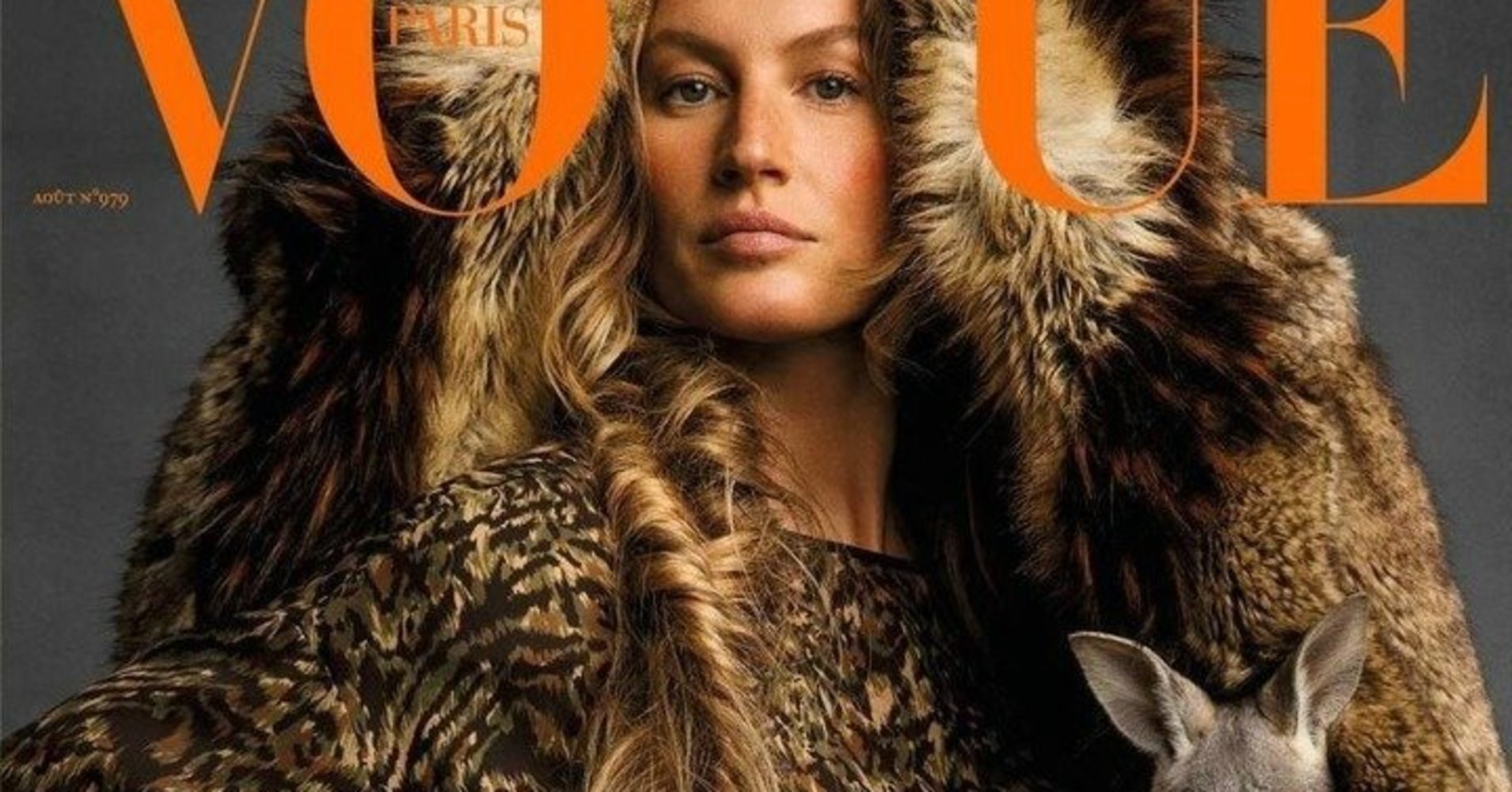In stark contrast to last month’s London fashion week, Paris fashion week opened last week with minimal disruption from animal rights activists. Laws in France prohibit groups of more than five people from protesting without a permit, they do not grant permits for protests to happen within a few miles of Paris fashion week leaving animal rights activists feeling that it would not be worthwhile. While fur is not common in the spring/summer lines that were being shown there is still feelings of unrest for those that compare the cruelty of leather to that of fur.
Leather production is often misconceived as a byproduct of the meat industry. With the demand for leather being so high, it is a co-product. High grade leather, or slink, is made from the skin of unborn calves, it can only be obtained by slaughtering a pregnant cow. Approximately 150,000 cows are slaughtered whilst pregnant in the UK every year. Calf leather is often sourced from the bovine calves that are the unwanted byproduct of the dairy industry. With most British leather being sourced from China and India, campaigns for animal welfare have published footage of cows being walked hundred of miles in India, having chilli rubbed in their eyes and tales pulled to get them to continue walking when collapsing of exhaustion. Sky news also published footage from a tanning company in Thailand that showed children workers being exposed to the harmful chemicals used in leather production.
The cruelty behind the fur industry has been a point of protest for animal rights activists since the 80s. Animals confined in small cages are bred and slaughtered during the winter when their coats are in their best state. Methods of slaughter for animals farmed for fur also caused controversy as they were labeled particularly inhumane. Animals are often anally electrocuted or gassed with carbon monoxide in order to maintain the standard of their fur.
British fashion designer Stella McCartney, daughter of famous vegetarian couple Paul and Linda McCartney, walked her cruelty-free line of ‘skin-less skin’. McCartney received positive feedback on her faux fur, suede and alligator designs. Advocating animal free fashion, McCartney has said she likes to work with ‘fabrics that don’t bleed’. McCartney’s looks were overshadowed by Dior’s iconic leather jumpsuit, replicated from a 70s design. The jumpsuit received high praise from fashion critics, with little backlash from the public.
As fashion shows throughout the world continue to use animal products in their clothes, it seems the slow death of the fur industry is only a small victory for animal welfare campaigners. Fur is still legally sold in England, including in high street retailers and while leather is still seen as a desirable quality in comparison to pleather, earlier this year retailers fell under attack when it was found they were selling real fur as faux. With most people wanting fur to be outlawed it begs the question will leather be the next under the spotlight?
Amy Khan
(Image courtesy of Huffington Post)

